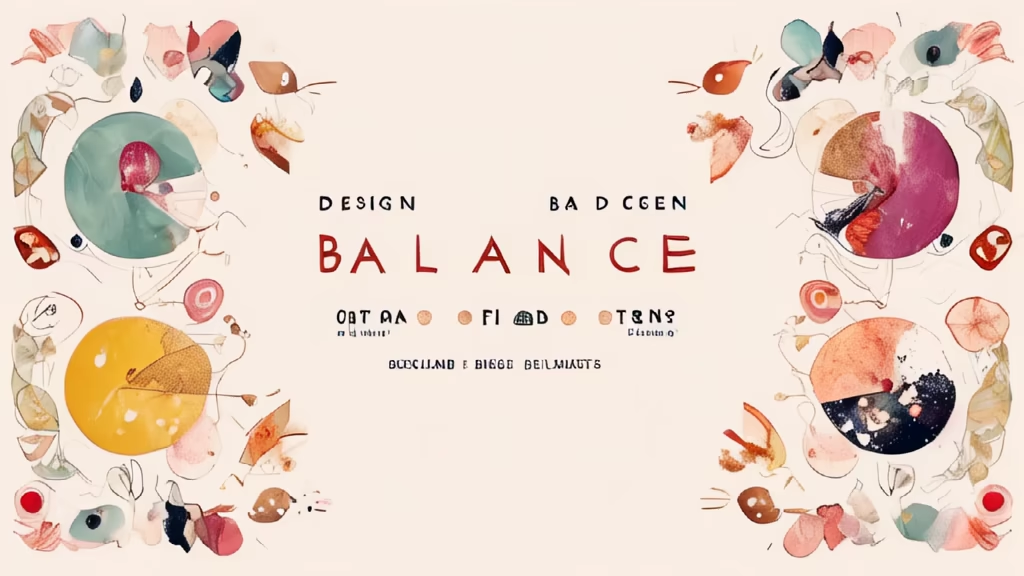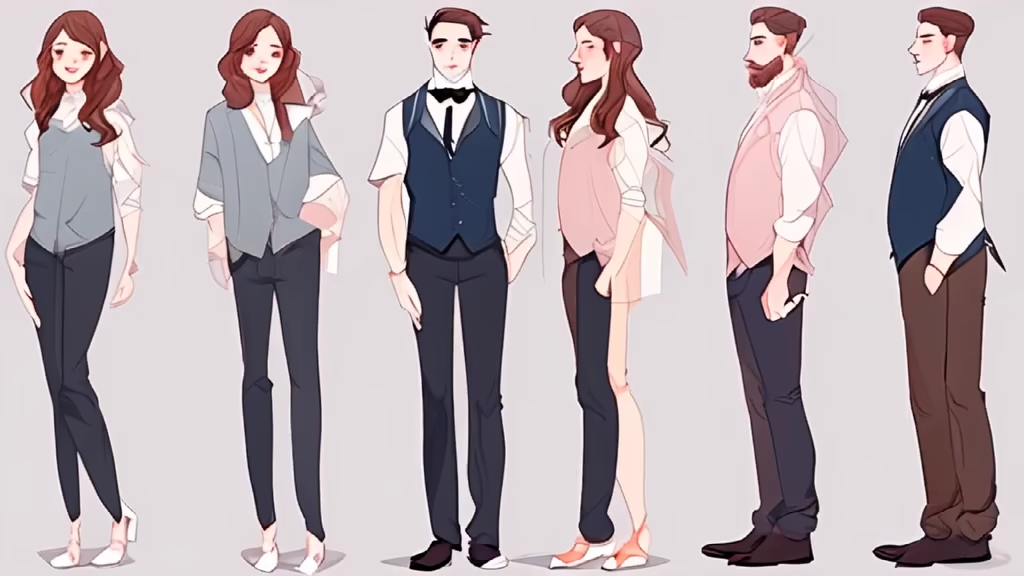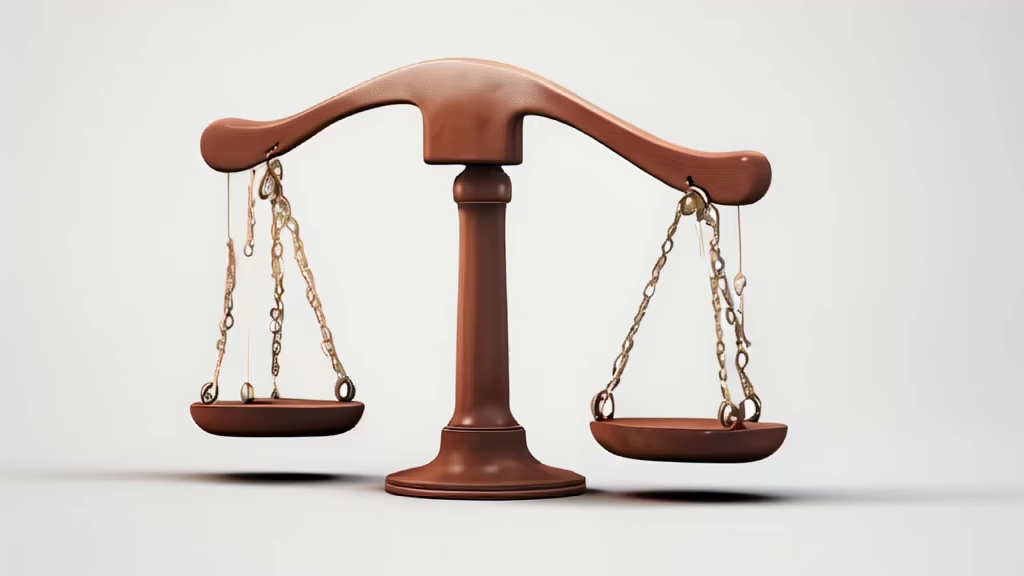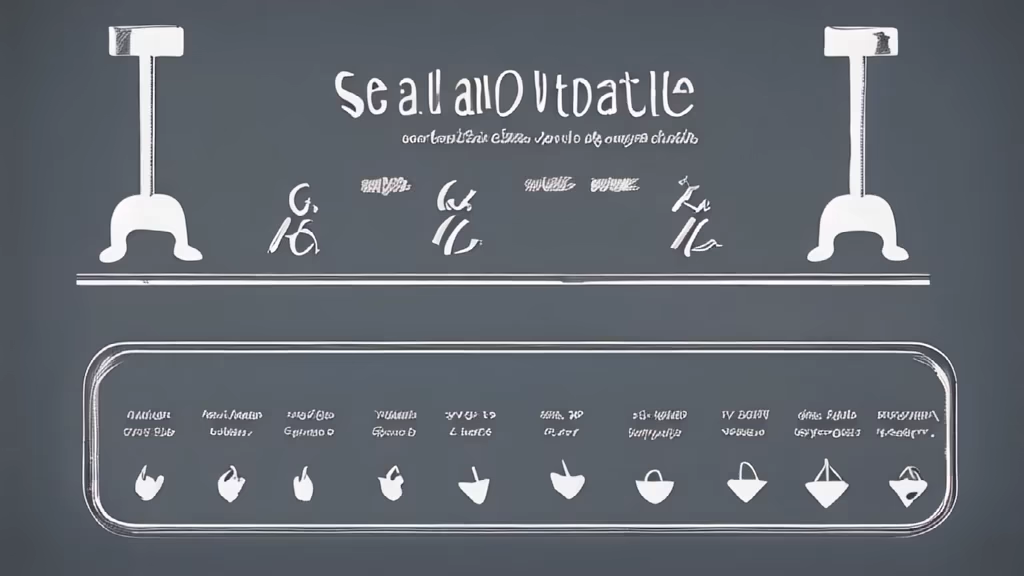



Prompt: A scale, with a male element on the left and a female element on the right, is super specific and has a sense of design


Prompt: A scale with a male element on the left and a female element on the right, super specific and design












Prompt: A balance of male and female qualities, with the male on the left having dark, rugged, square-shaped qualities, and the female on the right having light, detailed, curvy qualities


Prompt: Some ideas based on the look of the scales, colors and patterns: For the \"male\" side, you can choose a darker, more stable color, such as dark blue or brown. Consider using simple geometric patterns or lines. For the \"female\" side, you can choose pastel colors like light pink or lavender. More curvy and fluid design elements can be used. Shapes and lines: The \"male\" side can be a more solid, straight design, emphasizing stability and strength. The \"female\" side can adopt a softer, curvier design, emphasizing a sense of flow and tenderness. A symbol or pattern: Some small symbols or motifs can be added to each side, such as male and female signs, but be careful to avoid strong gender stereotypes. Size and proportion: If possible, tweak the size and proportion of the scale so that it appears slightly bulky on the \"male\" side and slightly slender on the \"female\" side. Material: Use different materials to emphasize gender traits. For example, a heavier, coarser material can be used on the \"male\" side, while a lighter, smoother material can be used on the \"female\" side.


Prompt: Based on a scale design For the \"male\" side, you can choose a darker, more stable color, such as dark blue or brown. Consider using simple geometric patterns or lines. For the \"female\" side, you can choose pastel colors like light pink or lavender. More curvy and fluid design elements can be used. Shapes and lines: The \"male\" side can be a more solid, straight design, emphasizing stability and strength. The \"female\" side can adopt a softer, curvier design, emphasizing a sense of flow and tenderness. A symbol or pattern: Some small symbols or motifs can be added to each side, such as male and female signs, but be careful to avoid strong gender stereotypes. Size and proportion: This makes it appear slightly larger on the \"male\" side and slightly elongated on the \"female\" side. Material: A heavier, coarser material can be used on the \"male\" side, while a lighter, smoother material can be used on the \"female\" side


Prompt: About a balance For the \"male\" side, you can choose a darker, more stable color, such as dark blue or brown. Consider using simple geometric patterns or lines. For the \"female\" side, you can choose pastel colors like light pink or lavender. More curvy and fluid design elements can be used. Shapes and lines: The \"male\" side can be a more solid, straight design, emphasizing stability and strength. The \"female\" side can adopt a softer, curvier design, emphasizing a sense of flow and tenderness. A symbol or pattern: Some small symbols or motifs can be added to each side, such as male and female signs, but be careful to avoid strong gender stereotypes. Size and proportion: If possible, tweak the size and proportion of the scale so that it appears slightly bulky on the \"male\" side and slightly slender on the \"female\" side. Material: Use different materials to emphasize gender traits. For example, a heavier, coarser material can be used on the \"male\" side, while a lighter, smoother material can be used on the \"female\" side


Prompt: About a balance For the \"male\" side, you can choose a darker, more stable color, such as dark blue or brown. Consider using simple geometric patterns or lines. For the \"female\" side, you can choose pastel colors like light pink or lavender. More curvy and fluid design elements can be used. Shapes and lines: The \"male\" side can be a more solid, straight design, emphasizing stability and strength. The \"female\" side can adopt a softer, curvier design, emphasizing a sense of flow and tenderness. A symbol or pattern: Some small symbols or motifs can be added to each side, such as male and female signs, but be careful to avoid strong gender stereotypes. Size and proportion: If possible, tweak the size and proportion of the scale so that it appears slightly bulky on the \"male\" side and slightly slender on the \"female\" side. Material: Use different materials to emphasize gender traits. For example, a heavier, coarser material can be used on the \"male\" side, while a lighter, smoother material can be used on the \"female\" side











